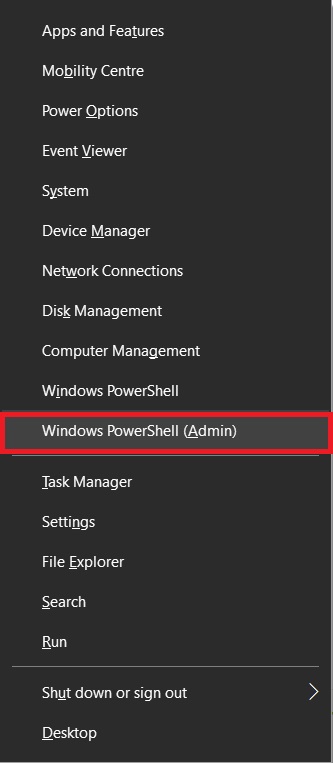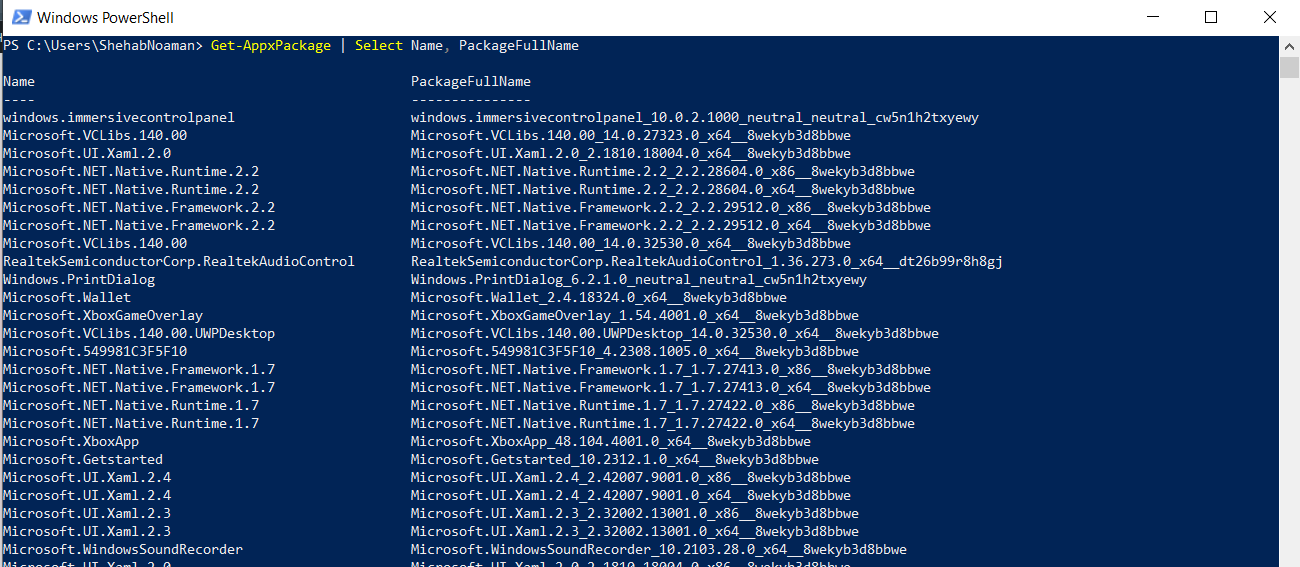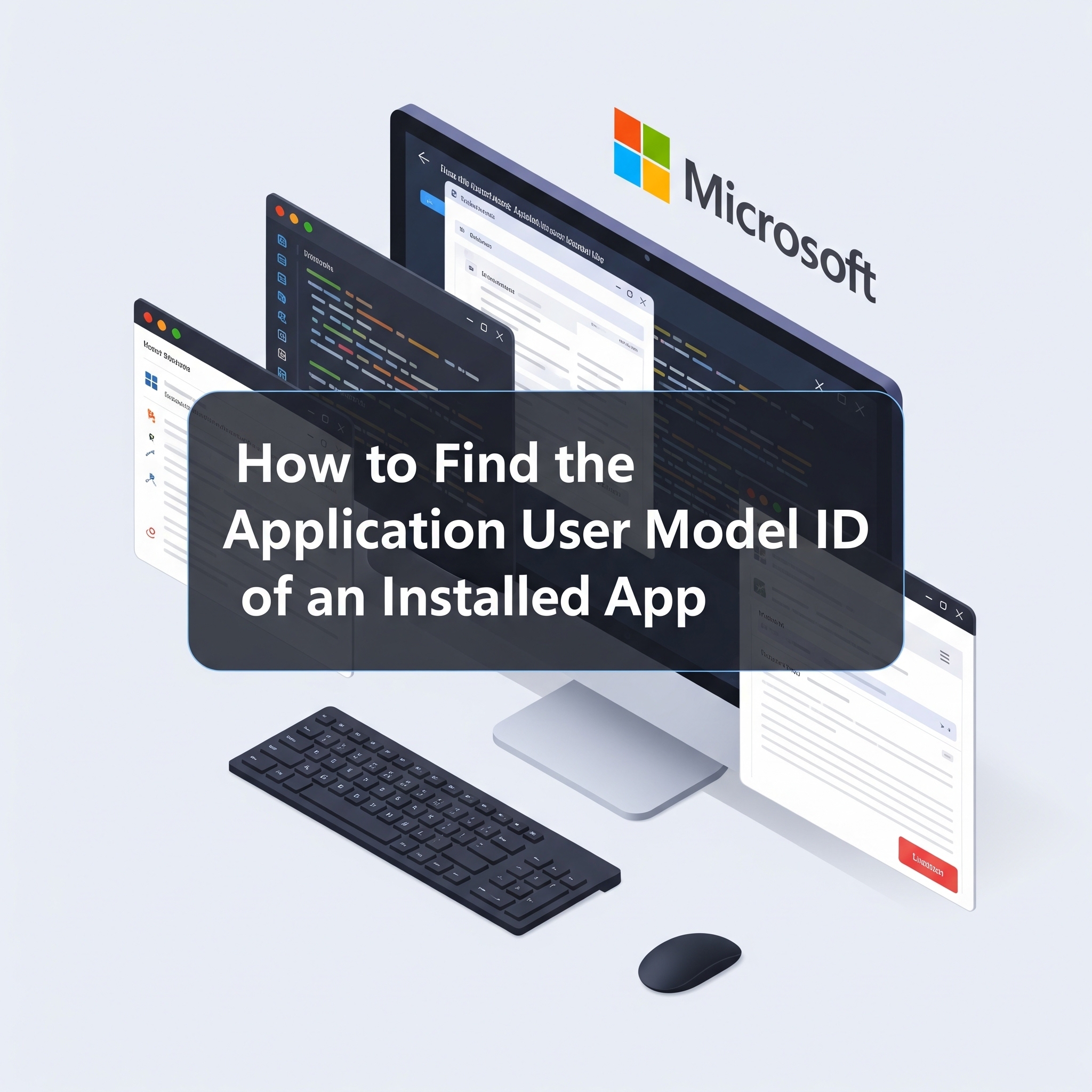Introduction
Have you ever tried to set a default app, pin a Windows Store app to the Start menu via PowerShell, or automate an Intune policy, only to hit a wall because you didn’t have the Application User Model ID (AUMID)?
The AUMID is the unique identifier that Windows uses to recognise and launch installed UWP (Universal Windows Platform) apps. If you’re a system administrator, automation engineer, or power user, knowing how to find the Application User Model ID of an installed app unlocks serious productivity.
In this guide, we’ll walk through multiple ways to retrieve AUMIDs—with GUI tools, PowerShell commands, and registry hacks—and show real-world use cases where it can help you automate, script, and control app behaviours.
What is the Application User Model ID (AUMID)?
The Application User Model ID (AUMID) is a structured identifier used by Windows to uniquely define modern UWP apps. It helps the system:
- Launch the correct app with the correct context
- Associate file types and protocols with apps
- Enable pinning apps to the Start menu or taskbar
- Apply notifications and tiles
An AUMID typically follows this structure:
PackageFamilyName!ApplicationIDFor example:
Microsoft.WindowsCalculator_8wekyb3d8bbwe!AppMethod 1: Use PowerShell to Find AUMIDs
If you’re working remotely or want to script AUMID detection, PowerShell is your best friend.
Step-by-Step PowerShell Method
- Open PowerShell as Administrator
PressWin + X→ Select “Windows PowerShell (Admin)”.

- Run the following command:
Get-StartApps | Sort-Object NameThis lists all registered Start Menu apps along with their AUMIDs.
Example Output:
| Name | AppID |
|---|---|
| Calculator | Microsoft.WindowsCalculator_8wekyb3d8bbwe!App |
| Notepad | Microsoft.WindowsNotepad_8wekyb3d8bbwe!App |

- Search for a Specific App:
Get-StartApps | Where-Object { $_.Name -like "*Calculator*" }This will filter the list and help you locate the AUMID faster.
| ✅ Pros | ⚠️ Cons |
|---|---|
| Fast and scriptable | Limited to Start Menu apps |
| Built-in tool (no third-party required) | May not display all modern apps or system apps |
Method 2: Use Windows AppxPackage for More Details
Want more granularity? Use the Get-AppxPackage command.
Get-AppxPackage | Select Name, PackageFamilyNameTo retrieve the AUMID, pair the PackageFamilyName with the Application ID found in the manifest (explained below).

Find the App ID:
Use this to view the installed apps and their manifest locations:
Get-AppxPackage -Name *calculator* | Select-Object PackageFamilyName
The final AUMID format is:
[PackageFamilyName]![!App]
Microsoft.WindowsCalculator_8wekyb3d8bbwe!App
Method 3: Use a Free GUI Tool like AppxPackageViewer
If you’re not comfortable with the command line, tools like AppxPackageViewer help you easily locate AUMIDs.
Features:
- Filter by app name
- Copy AUMIDs directly
- See versions and installation paths
Real-World Use Cases for AUMIDs
Pinning Apps to Start or Taskbar: You need the AUMID to create XML layout files for Start menu configuration in Windows 10/11 using Intune or Group Policy.
<start:Tile>
<start:AppUserModelID>Microsoft.WindowsCalculator_8wekyb3d8bbwe!App</start:AppUserModelID>
</start:Tile>
Reference: Start Layout XML for Windows 10/11
Shortcut Scripting with PowerShell: Want to create a desktop shortcut to launch a UWP app?
$WScriptShell = New-Object -ComObject WScript.Shell
$Shortcut = $WScriptShell.CreateShortcut("$env:USERPROFILE\Desktop\Calculator.lnk")
$Shortcut.TargetPath = "explorer.exe"
$Shortcut.Arguments = "shell:AppsFolder\Microsoft.WindowsCalculator_8wekyb3d8bbwe!App"
$Shortcut.Save()
Comparison Table: AUMID Discovery Methods
| Method | Complexity | GUI | Scriptable | Best For |
|---|---|---|---|---|
Get-StartApps | Low | ❌ | ✅ | Quick AUMID reference |
Get-AppxPackage | Medium | ❌ | ✅ | Full app metadata |
| Shell:AppsFolder GUI | Low | ✅ | ❌ | Visual inspection |
| AppxPackageViewer Tool | Low | ✅ | ❌ | Non-technical users |
| App Manifest XML | High | ❌ | ✅ | Precise Application IDs |
AUMID Troubleshooting Tips
- App not listed?
Try searching withGet-AppxPackage -AllUsersif it’s installed under another account. - Missing App ID in XML?
Some system apps might have obfuscated or undocumented IDs. Use GUI shell methods for these. - Error launching AUMID via Explorer?
Double-check for typos in thePackageFamilyNameorApp ID.
Advanced Tip: Use AUMID in Assigned Access or Kiosk Mode
Windows Kiosk setups require an exact AUMID to define the allowed app.
<KioskApp>
<UserContext>LocalUser</UserContext>
<AppUserModelId>Microsoft.WindowsCalculator_8wekyb3d8bbwe!App</AppUserModelId>
</KioskApp>
📚 Reference: Set up a kiosk on Windows – Microsoft Docs
Conclusion
Finding the Application User Model ID of an installed app isn’t just for developers—it’s essential for anyone managing modern Windows environments. Whether you’re customising Start layouts in Intune, scripting app shortcuts, or building a Kiosk profile, knowing how to find AUMIDs quickly and accurately will save time and reduce errors.
With the tools and techniques outlined above, you can now confidently locate any AUMID on your system and use it to your automation advantage.


